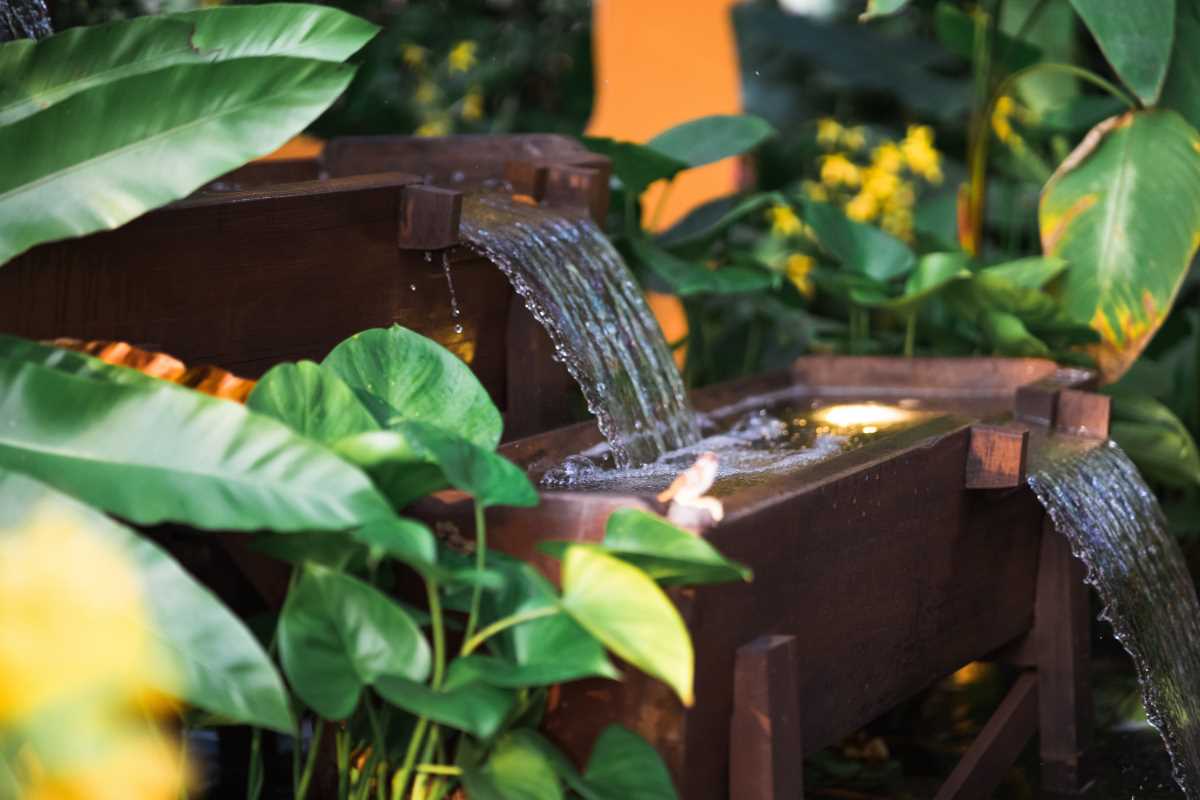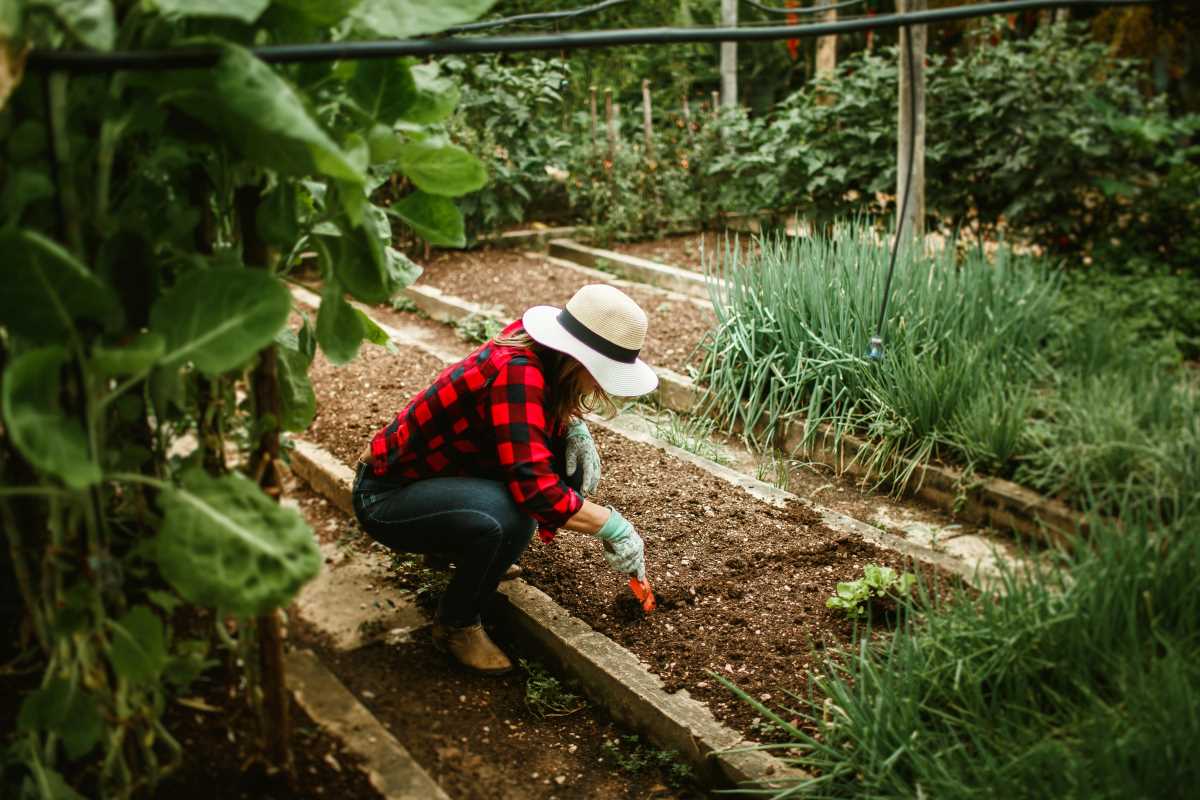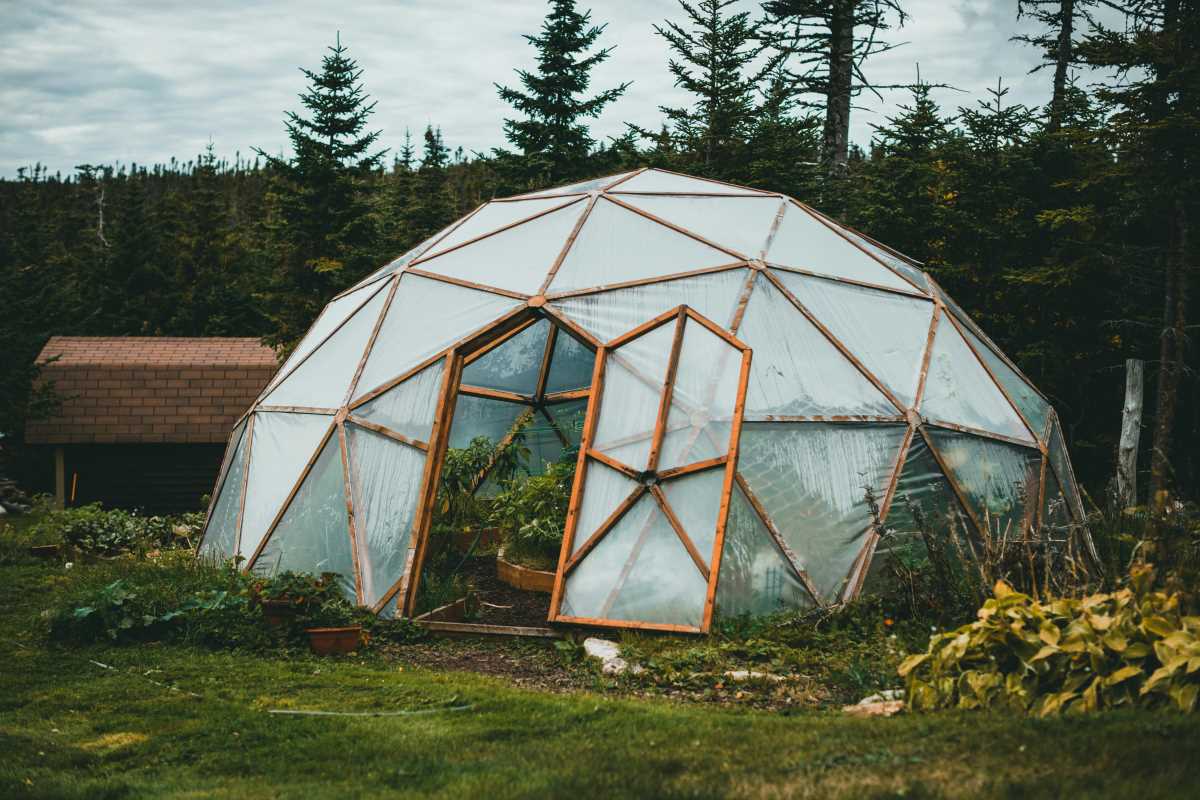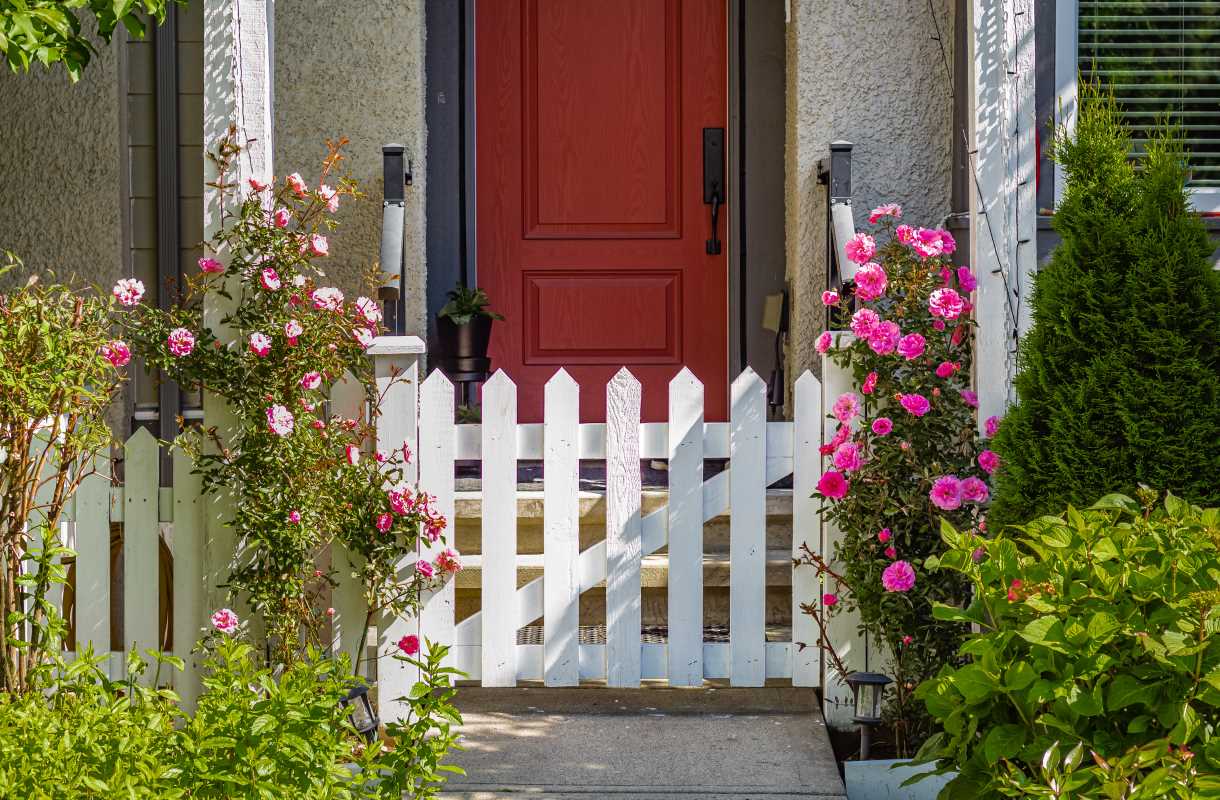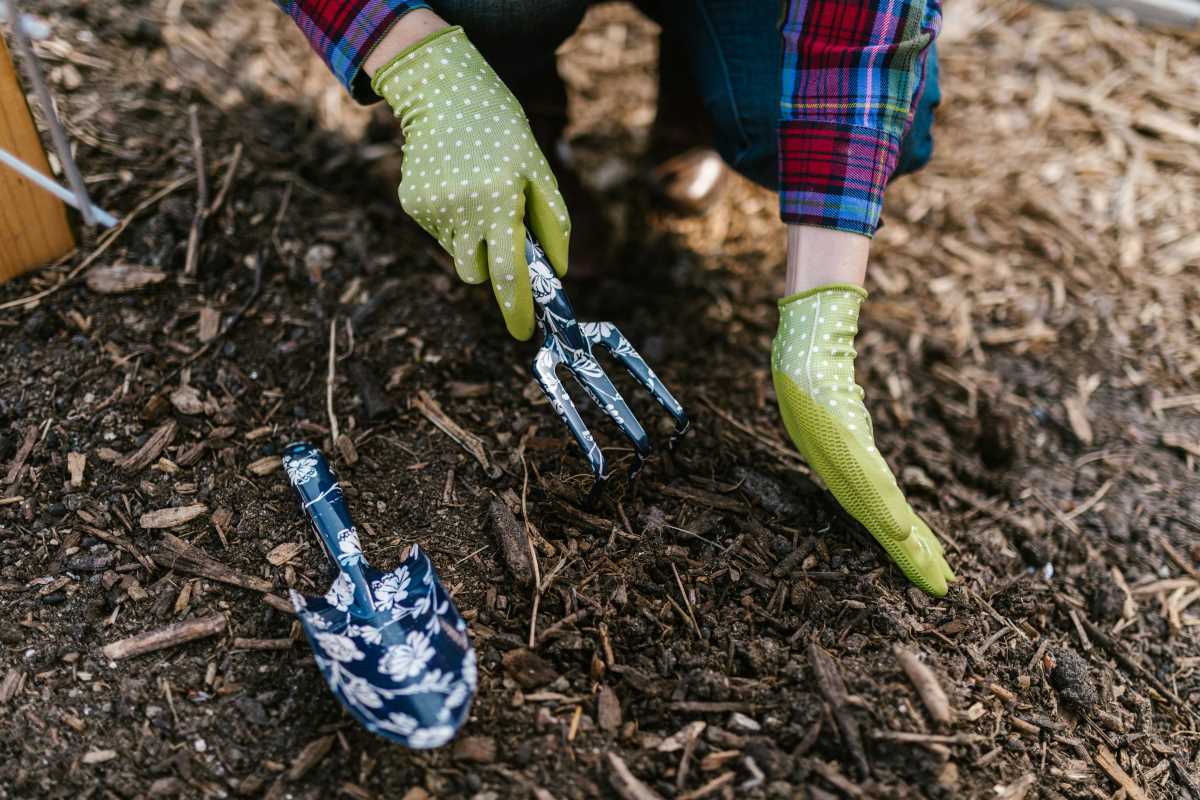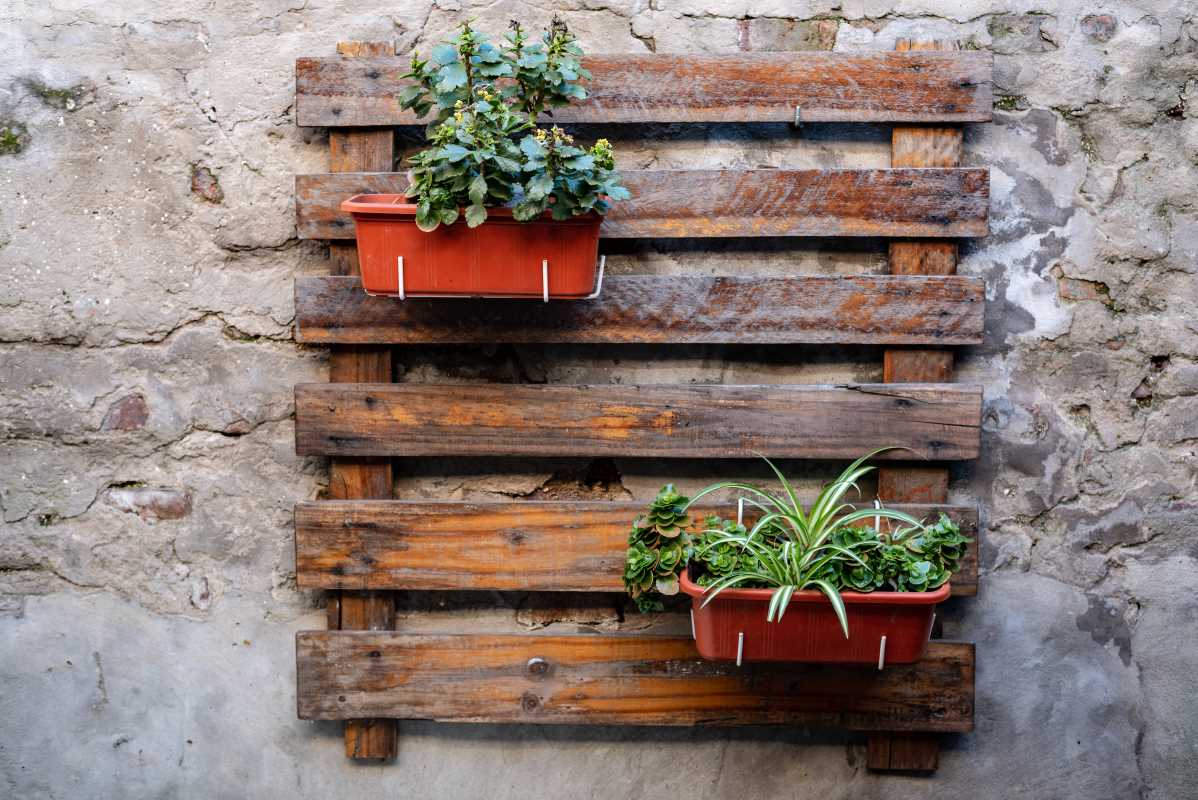Transforming a small backyard into a flourishing garden can be an immensely gratifying endeavor. Raised beds offer an ideal solution for cultivating fresh vegetables swiftly, all while maintaining an organized and easily manageable garden space. By making thoughtful decisions and engaging in a bit of strategic planning, even the most compact areas can yield a bountiful and ongoing harvest. This approach allows you to maximize your available space effectively, ensuring that you can savor the joys of homegrown produce throughout the seasons. Embrace the potential of your petite garden and experience the satisfaction that comes with nurturing your own little patch of nature.
Creating a raised bed garden allows you to experiment with different vegetables that mature fast. It adds color and a touch of nature to your home, and every harvest gives you a sense of achievement that encourages you to try even more varieties in the future.
Why Raised Beds Work Well in Small Spaces
Raised beds make the most of every inch of your garden by offering improved soil quality and easy maintenance. They help you control weeds, reduce the impact of pests, and make watering a simpler task. In a small outdoor area, these benefits become even more noticeable.
- Better drainage helps plants establish strong root systems.
- Improved soil conditions promote faster growth and healthier plants.
- Compact design makes maintenance and harvesting easier.
- Enhanced organization allows you to plan different crops together efficiently.
Focusing on these advantages helps you create a productive garden that fits your space while providing nourishment and beauty. The raised structure also keeps plants off the ground, making them easier to manage and less susceptible to muddy conditions.
This method offers flexibility, letting you customize the bed sizes and depths to suit your exact needs. It turns even a tiny backyard into a functional growing space perfect for fresh, fast-growing vegetables.
Getting Started: Essentials for Your Raised Bed Garden
Starting a raised bed garden does not require a huge investment in tools. You can gather a few essential items and set up your garden easily. Planning your setup ensures each component works together for a fruitful garden.
- Materials: Use untreated wood, stone, or metal to build your raised bed. Ensure the material is safe for growing food and fits the style of your outdoor space. Selecting the right material improves longevity and can complement your yard's design.
- Soil: Fill your raised bed with nutrient-rich soil supplemented with compost. The right soil mix can speed up the growth process and keep your plants healthy. Mix in organic matter to improve water retention and provide essential nutrients to your crops.
- Location: Find a spot that receives ample sunlight. Direct sunshine for most of the day benefits fast-growing vegetables. Placing your bed in a sunny location also helps control moisture levels by reducing excess water build-up.
- Tools: Basic tools like a trowel, watering can, and gloves will make garden work less challenging. Prioritize tools that are ergonomic and designed for small spaces. Start with a simple set and add more specialized items as you gain confidence in your gardening skills.
- Planning: Sketch a layout of your raised bed to maximize space for each vegetable based on its growth habits. Think about the spacing required for each crop. This simple plan helps avoid overcrowding and ensures each plant has enough room to flourish.
Taking these steps can set a solid foundation for your garden. Each element plays a part in creating a space that is both functional and pleasant to work in.
The time and resources you invest now will pay off throughout the growing season, turning your small space into a hub for fresh produce.
7 Fast-Growing Vegetables Perfect for Raised Beds
When you have limited space, choosing vegetables that grow quickly becomes important. These crops allow you to enjoy multiple harvests throughout the season and motivate you to try more varieties as you learn.
Below are seven fast-growing vegetables along with tips on how to plant and care for them in your raised bed garden.
1. Radishes
Radishes mature within a few weeks and add a crisp bite to your salads. They thrive in cool weather and can be planted early in the season.
Keep the soil consistently moist and thin out seedlings to ensure even growth. Regular harvesting encourages more radish bulbs to develop.
2. Lettuce
Lettuce grows rapidly and fits well in raised beds, especially in cooler weather. Its versatile nature lets you use it in fresh salads or as garnishes.
Plant seeds in rows and thin to allow enough room for leaves to expand. Harvest outer leaves continuously to extend the plant’s life.
3. Spinach
Spinach offers a rich source of nutrients and grows quickly under the right conditions. This leafy green is perfect for small spaces, providing multiple harvests before it bolts.
Keep the soil consistently damp and plant in partial shade if temperatures rise. Early morning watering benefits its growth without creating too much humidity.
4. Bush Beans
Bush beans are compact and produce a generous yield in raised beds. They require minimal support compared to other bean varieties.
Plant them in well-drained soil and ensure they get morning sunlight. Harvest regularly to boost the production of new beans throughout the season.
5. Zucchini
Zucchini plants grow quickly and produce a bountiful harvest in a small garden space. Their large leaves help shade the soil, reducing moisture loss.
Space them well for air circulation and pick fruits when they are still small for the best flavor. Pruning excess growth keeps the vine manageable in a raised bed.
6. Cherry Tomatoes
Cherry tomatoes are a favorite for many gardeners because they are easy to care for and grow rapidly. Their compact form makes them ideal for confined garden spaces.
Look for high-yield varieties specifically bred for small gardens. Regular support such as cages or stakes helps them flourish and produce abundant clusters of fruit.
7. Basil
Basil is a fast-growing herb that adds great flavor to any dish. It also attracts beneficial insects and can grow well alongside vegetables like tomatoes.
Plant basil in a sunny spot with good drainage. Regular pinching off flower buds helps the plant focus on growing larger leaves, which you can harvest frequently.
Tips for Maximizing Your Tiny Space
Maximize space in a small garden through planning and creativity. Consider vertical gardening options like trellises and hanging baskets. This approach saves ground space for more crops and adds an artistic touch to your outdoor area.
Another method involves interplanting faster-growing vegetables with those that need a longer growing season. Carefully planning your garden layout allows you to fit a variety of crops even in the smallest areas. Studies show that using raised beds this way makes it easier to organize planting patterns and maintain the garden efficiently.
Common Mistakes to Avoid
Getting started with raised bed gardens can be exciting, but a few pitfalls might reduce your success. Keep these common mistakes in mind to help your garden stay on track.
- Overcrowding plants limits growth. Ensure each vegetable has enough space to breathe and spread out its roots.
- Poor plant spacing can lead to poor air circulation and increase the risk of disease.
- Underwatering or overwatering can harm your crops. Finding the right balance is key for quick growth.
- Check the soil moisture regularly to determine the exact watering needs of your raised garden.
- Using poor-quality soil reduces nutrient availability. Invest in high-quality, nutrient-rich soil and amend it with compost.
- The right soil blend helps vegetables grow fast and strongly while reducing the need for chemical fertilizers.
- Ignoring pest control measures can lead to infestations that quickly damage your garden. Watch out and address problems promptly.
- Simple practices such as crop rotation and using natural remedies can help control pests without harmful chemicals.
Paying close attention to these issues improves both the productivity and enjoyment of your garden.
Each step in gardening teaches you something new and lets you enjoy growing your own food. Even small spaces can become productive and inviting retreats.
 (Image via
(Image via
